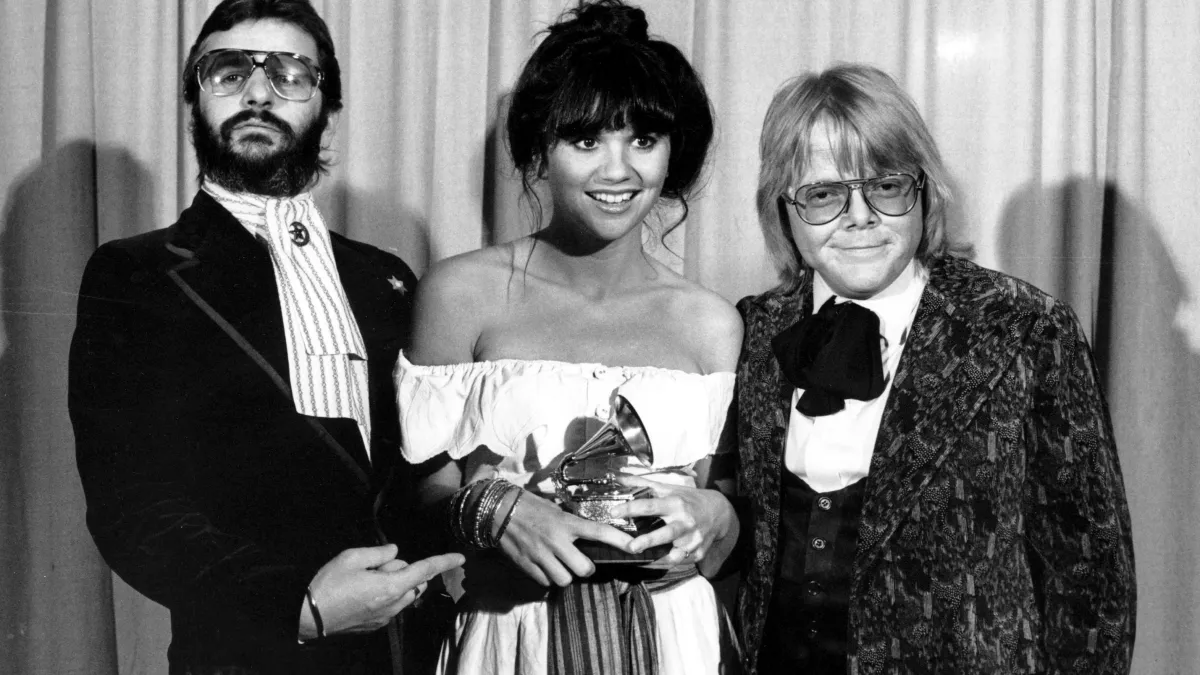
A Carefree Chorus Concealing the Ache of Love’s Illusions
When Linda Ronstadt released “It’s So Easy” in July 1977 as part of her multi-platinum album Simple Dreams, she was already firmly enthroned as the queen of country-rock crossover. This spirited, rollicking track—a reinterpretation of a 1958 rockabilly tune by The Crickets—rose to No. 5 on the Billboard Hot 100, underscoring Ronstadt’s uncanny ability to resurrect vintage material with a modern, emotional charge. With this single, she didn’t just cover a song; she reclaimed it, breathing into it a defiance edged with vulnerability that only she could summon.
Originally penned by Buddy Holly and Norman Petty, “It’s So Easy” began life as a buoyant ode to the giddy ease of falling in love. But in Ronstadt’s hands, the song transforms. Her version is not simply nostalgic—it is acutely self-aware. Layered beneath its infectious rhythm and shimmering guitar lines lies a portrait of emotional contradiction: an artist navigating the terrain between pleasure and pain, desire and disappointment. Where Holly’s original is an exuberant boyish chant, Ronstadt’s cover crackles with something deeper—a woman’s wry recognition that love’s simplicity is, perhaps, a beautiful lie.
Recorded during sessions for Simple Dreams, an album that signaled both artistic maturation and commercial dominance, “It’s So Easy” exemplifies Ronstadt’s gift for recontextualization. Backed by the muscular production of Peter Asher and the punch of seasoned session players like Waddy Wachtel on guitar, the song’s arrangement surges forward with a lean urgency. The drums snap with precision, guitars shimmer and churn, yet it’s Ronstadt’s voice—fierce yet wounded—that commands the spotlight. She doesn’t merely sing; she testifies.
Lyrically spare yet emotionally potent, “It’s So Easy” loops around its central phrase like a chant or incantation: “It’s so easy to fall in love.” But each repetition deepens the irony. By the time she draws out that final chorus—half-lament, half-laugh—we sense the truth beneath her delivery: that falling may be easy, but staying aloft rarely is. In this light, the song becomes less about romantic infatuation and more about confronting how quickly joy can turn to regret.
In many ways, Ronstadt’s rendition serves as a perfect metaphor for her broader career in the late ’70s: artistically fearless, unbound by genre conventions, and always emotionally resonant. At a time when rock was increasingly dominated by male bravado or punk nihilism, she carved space for nuance—melding tenderness with strength, nostalgia with self-possession. With “It’s So Easy,” she gave us more than just a hit single; she offered a masterclass in interpretive power.
And so what might have been dismissed as a simple cover emerges instead as something far richer: a snapshot of love’s seductive ease—and its inevitable complications—delivered by one of popular music’s most emotionally articulate voices.